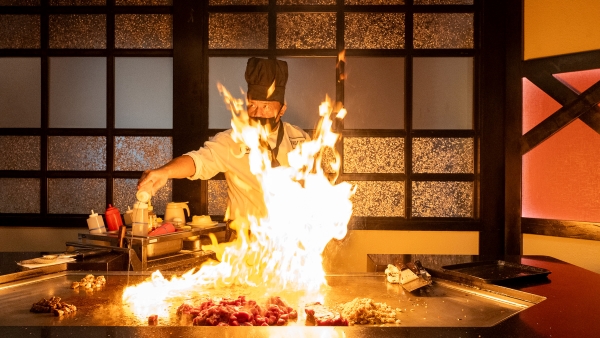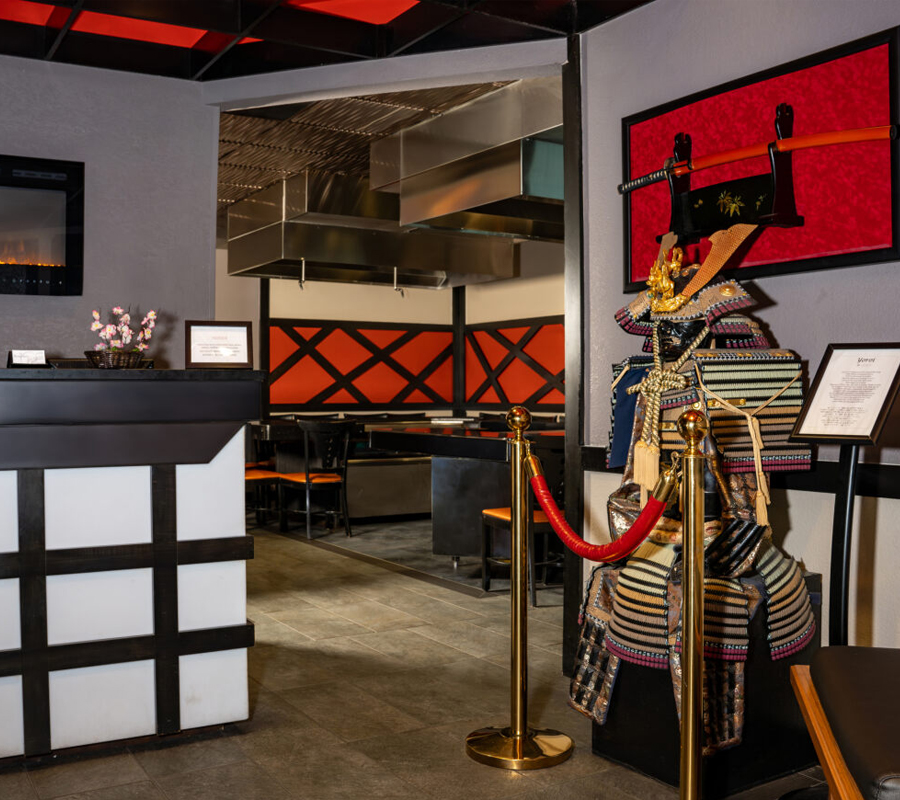Whether you’re dining on sushi, teppanyaki, tempura, or teriyaki, sake is a fabulous option to pair with your meal.
The world of sake is vast, and it’s understandable to be intimidated by trying something new.
That’s why we’re here to help demystify the world of sake so you feel excited to order it with your next meal.
What is Sake?
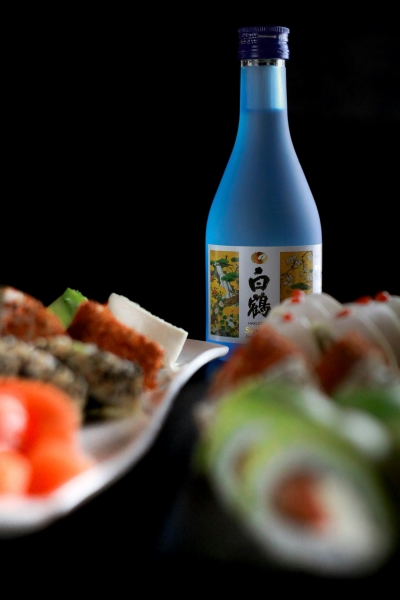
Sake is the national drink of Japan, a source of cultural pride and revered craftsmanship.
Though in Japan the word “sake” refers to all alcoholic drinks, the rest of the world knows sake as the delicate fermented rice beverage found on bar menus in Japanese and other Asian-inspired restaurants.
Like wine, sake is a drink with beautiful aromatics and thousands of variations to suit every palate and pairing. It can be still or sparkling, sweet or dry, and served hot or cold, making it an extremely versatile beverage.
The History of Sake
Approximately 2,000 years ago, the Chinese introduced rice farming to Japan, making it one of the country’s greatest culinary staples.
Sake was originally created to celebrate rice harvests and was specific to the different regions and cultures throughout Japan.
By the 19th century, Japan was home to over 20,000 sake breweries. A variety of circumstances including government restructuring and war have significantly reduced the number to just over 1,400 breweries still in operation today.
How is Sake Made?
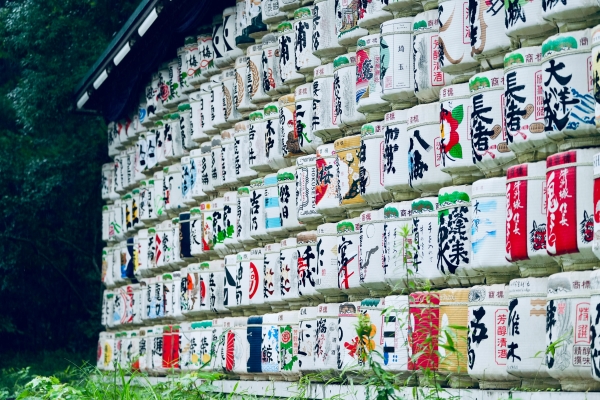
While sake is often referred to as “rice wine,” the fermentation process is actually closer to beer than wine.
Sake is made of four ingredients: a special rice called “sakamai,” water, yeast, and the special “koji” mold spore.
Every step of the sake-making process influences its final taste, aroma, and appearance. The initial rice polishing and steaming, regional water quality and minerality, yeast strains, fermentation time, and other factors are all part of the artistic process of brewing sake.
Styles of sake are categorized by the rice polishing processes early in production. The more grain that is removed, the more refined the remaining rice becomes, resulting in a higher quality sake.
The rice koji, or moldy rice, is added to the polished rice, converting it to glucose. Then, yeast is added to convert the glucose into alcohol.
The average alcohol content for sake is 15% – 16% alcohol, making it more alcoholic than most fermented drinks, but still with significantly less alcohol than hard liquor.
Sake is typically aged in barrels for six months to a year before being bottled and sold.
Filtered vs. Unfiltered Sake
One of the variations of sake is its cloudiness, which comes from being either filtered or unfiltered following the fermentation process.
Filtered sake is more transparent in appearance, having been poured through a fine strainer and paper filters to refine the sake’s opacity and taste.
Unfiltered sake is cloudier than its filtered counterpart, having been pressed but not double-filtered. This gives it a higher potency, darker color, and a fuller rice flavor.
Sake Serving Temperature
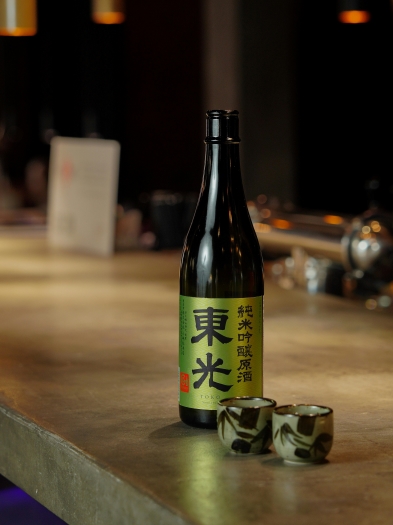
One of the most unique qualities of sake is its range of serving temperatures.
Some sake is created to be served chilled, while others are intended to be served warm or at room temperature.
Different kinds of sake are meant to be served at different temps. When it comes to finding the right sake for the moment, you can always start by assessing whether you’re in the mood for something hot or cold.
The two most common temperatures you’ll find on a sake bottle are “atsukan” and “reishu”.
Atsukan is served hot, and is ideal for anyone in the mood for a comforting beverage with rich, earthy aromas and a stronger sake flavor profile. Reishu is a chilled version of sake that highlights more subtle undertones.
Different Types of Sake
Sake comes in a variety of styles, each one with a unique brewing process and flavor profile.
Junmai – The purest form of sake made with only water, rice, koji and yeast and no additives like sugar, flavorings, or additional alcohol. It tends to be rich and full-bodied and is best served warm or at room temperature.
Honjozo – Made in a similarly pure form to Junmai, but adding a small amount of distilled alcohol is permitted throughout the fermentation process. Honjozo is best served at room temperature or warmed.
Ginjo and Junmai Ginjo – Ginjo sake is mandated to have a polishing standard of 40% removal and 60% remaining. While Ginjo sake can have brewer’s alcohol added to enhance flavors and textures, Junmai Ginjo has no additives. Both Ginjo and Junmai Ginjo sakes can be bright and fruity or rice-forward and dry. They pair beautifully with light, balanced cuisine like sushi.
Daiginjo and Junmai Daiginjo – Considered one of the most premium forms of sake, Daiginjo and Junmai Daiginjo is mandated to have a minimum of 50% rice polishing. This refinement results in sophisticated flavors and complexities that are beautiful on their own or paired with shellfish, sashimi, and other delicate flavors. Daiginjo can have brewer’s alcohol added while Junmai Daiginjo is its purest form. It is always enjoyed chilled.
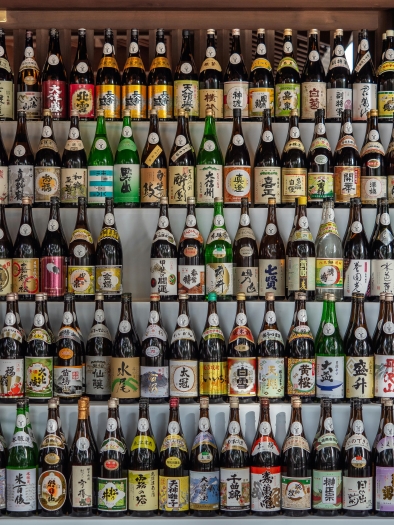
Futsushu – Considered table sake, this lower-quality product has relatively low polishing requirements and can consist of added sugar and brewer’s alcohol. Over 70% of sake in Japan is Futsushu, created to be easily drinkable and appeal to a broader spectrum of palates.
Nigori – Nigori sake is unfiltered, giving it a cloudy, milky consistency. It’s a subcategory of sake, meaning that you can have Junmai Nigori or Junmai Daiginjo Nigori for a high-quality drink with a creamy consistency. Nigori is typically sweet, but ranges from off-dry to dessert-style. It’s most often served cold, and its sugar content makes it a great pairing for spicy food.
Namazake – Affectionately known as “raw sake,” Namasake is a rare unpasteurized sake with a fresh, acidic flavor profile. Its lack of pasteurization gives it a shorter shelf life, making it a limited seasonal release that pairs well with seasonal produce.
Shiboritate – While most sake is aged for a minimum of six months, Shiboritate is an unpasteurized version released immediately after pressing. It has bright acidity, a slightly spritzy mouthfeel, and is reminiscent of dry white wine.
Enjoy a Glass at Shogun Japanese Steakhouse
The Japanese-inspired cuisine at Shogun Japanese Steakhouse pairs perfectly with a variety of beautiful sakes.
The restaurant is known for its teppanyaki dining with skilled chefs masterfully preparing seafood, steak, chicken, and vegetables with impressive showmanship at a tableside grill top.
Take your meal to the next level when you order sake from Shogun’s drink list, experiencing an authentic Japanese match made in heaven.
We also have a selection of imported and domestic beer (including Japanese beer like Kirin and Sapporo), delicious wines, and fantastic specialty cocktails like the Kanpai Sangria, Dragon Berry Mojito, and the Japanese Slipper.
Join us for a memorable meal and let us introduce you to the ancient – and delicious – world of sake.
